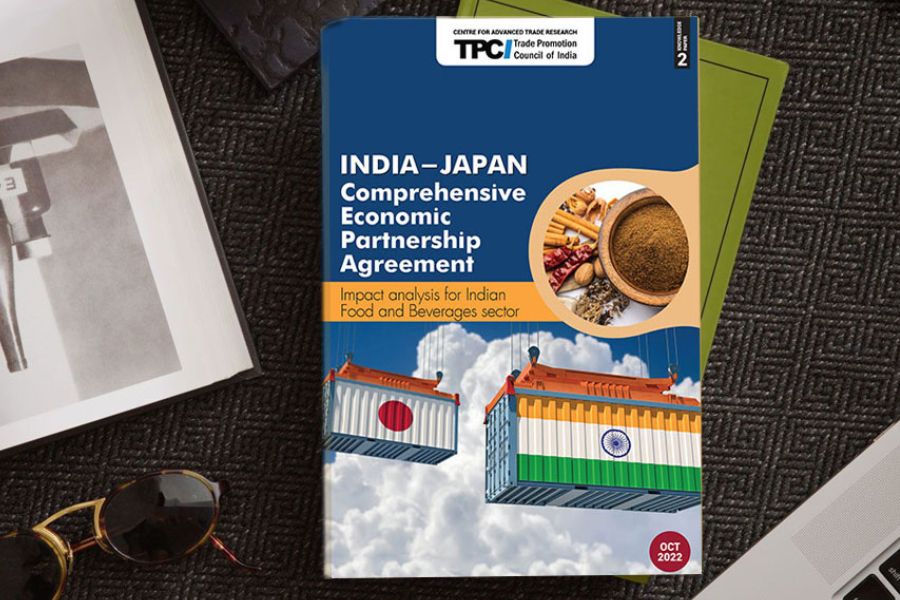India-Japan CEPA impact on the F&B Industry and Lucrative Business Segments: TPCI Report
The Comprehensive Economic Partnership Agreement (CEPA) between India and Japan came into force in August 2011. TPCI analyses how the trade flows in the food and beverages (F&B) sector were impacted with the implementation of the India-Japan CEPA.

In February 2011, India entered into a Comprehensive Economic Partnership Agreement (CEPA) with Japan and the pact came into force in August 2011. This was one of the most comprehensive trade agreements that India entered with any country. It encompassed trade in goods, services, investment and economic cooperation. The agreement aimed to eliminate tariffs on 90% of Japanese exports to India (such as auto parts and electric appliances) and 97% of imports from India (like agricultural and fisheries products) until 2021. It was envisaged that, with the signing of the pact, the India-Japan trade would increase significantly in the coming years.
This paper analyses the trends in trade flows between India and Japan in the food and beverages (F&B) sector and how these were impacted with the implementation of the India-Japan Comprehensive Economic Partnership Agreement (CEPA). Specifically, the paper analyses India’s exports to Japan at the disaggregated level in the period before and after implementation of the CEPA for specific commodities of India’s trade interest. It also identifies the products segments which have gained with the signing of the Agreement and the segments which seem lucrative for the Indian businesses in future.
Looking at the specific commitments made by Japan in products of India’s interest, the paper further delves into issues of concern (related to tariff and non-tariff measures, among others) for the Indian side and measures needed to improve trade flows at various levels.
To download the report, click https://www.tpci.in/resources/publications/
